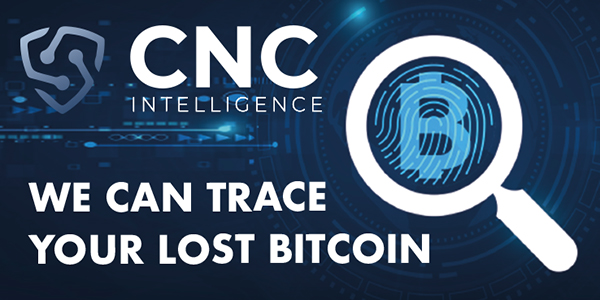The site in question appears to be a financial blog or news website, given the context of the Walmart $45 Million Settlement Explained and the instruction to claim money back. However, upon closer inspection, it seems the primary focus is on discussing financial settlements and possibly guiding users on how to claim their share, but it lacks the transparency and legitimacy expected of such platforms.
Introduction
Websites like these have been appearing with increasing frequency, often claiming to offer users a way to claim back money from various settlements or investments. They promise straightforward, often lucrative, avenues for financial recovery or gain. However, not all platforms are created equal, and some pose significant risks to potential users.
Unlicensed Broker Concerns
A key concern with this site, and others like it, is the lack of clear licensing information. Legitimate financial service providers, whether they facilitate claims, investments, or any form of financial transaction, are required to operate with the appropriate licenses and regulatory compliance. The absence of such information, or worse, the presentation of fake credentials, is a strong indicator of an unlicensed broker. This status not only questions the legality of their operations but also puts users at risk of losing money through investment scams or fraudulent activities.
Red Flags and Suspicious Behavior
Several red flags are typically associated with unlicensed brokers, including false promises of unusually high returns with minimal risk, pressure to invest quickly without allowing time for research, and a lack of transparency regarding their operations and fees. Additionally, these platforms may employ shady practices, such as cold calling, unsolicited emails, or social media messages, to lure potential investors. The website in question may display some of these characteristics, signaling to potential users that caution is warranted.
Identifying Unlicensed Brokers
To avoid falling prey to investment scams, it’s crucial to know how to spot an unlicensed broker. Here are some tips:
- Research Licenses and Registrations: Verify if the company is registered with relevant regulatory bodies.
- Check for Physical Addresses: Legitimate companies usually have a verifiable physical address.
- Be Wary of Unrealistic Promises: If returns seem too good to be true, they probably are.
- Look for Reviews and Ratings: But also be cautious of fake reviews.
Steps to Take After Falling for a Scam
If you believe you’ve fallen victim to an investment scam or an unlicensed broker, here are the steps you should take:
- Stop All Communication: Immediately cease any communication with the scammer.
- Report the Scam: Notify your local financial regulatory body and file a complaint.
- Contact Your Bank or Payment Provider: Inform them about the scam to potentially halt transactions.
- Consider Identity Theft Protection: If you’ve shared personal or financial information, consider protecting yourself against identity theft.
- Warn Others: Share your experience on review and scam reporting websites to help others avoid similar situations.
Conclusion
In conclusion, while websites offering financial guidance or investment opportunities may seem appealing, especially those related to significant settlements, it’s essential to approach them with caution. The lack of licensing information, coupled with other red flags, can indicate an unlicensed broker. By understanding how to identify such entities and knowing the steps to take if you’ve fallen for a scam, you can better protect your financial well-being. Always prioritize diligence and caution when exploring investment opportunities or seeking to claim money back from settlements. Remember, your financial security is paramount, and taking the time to thoroughly research any potential investment or claim service can make all the difference.



